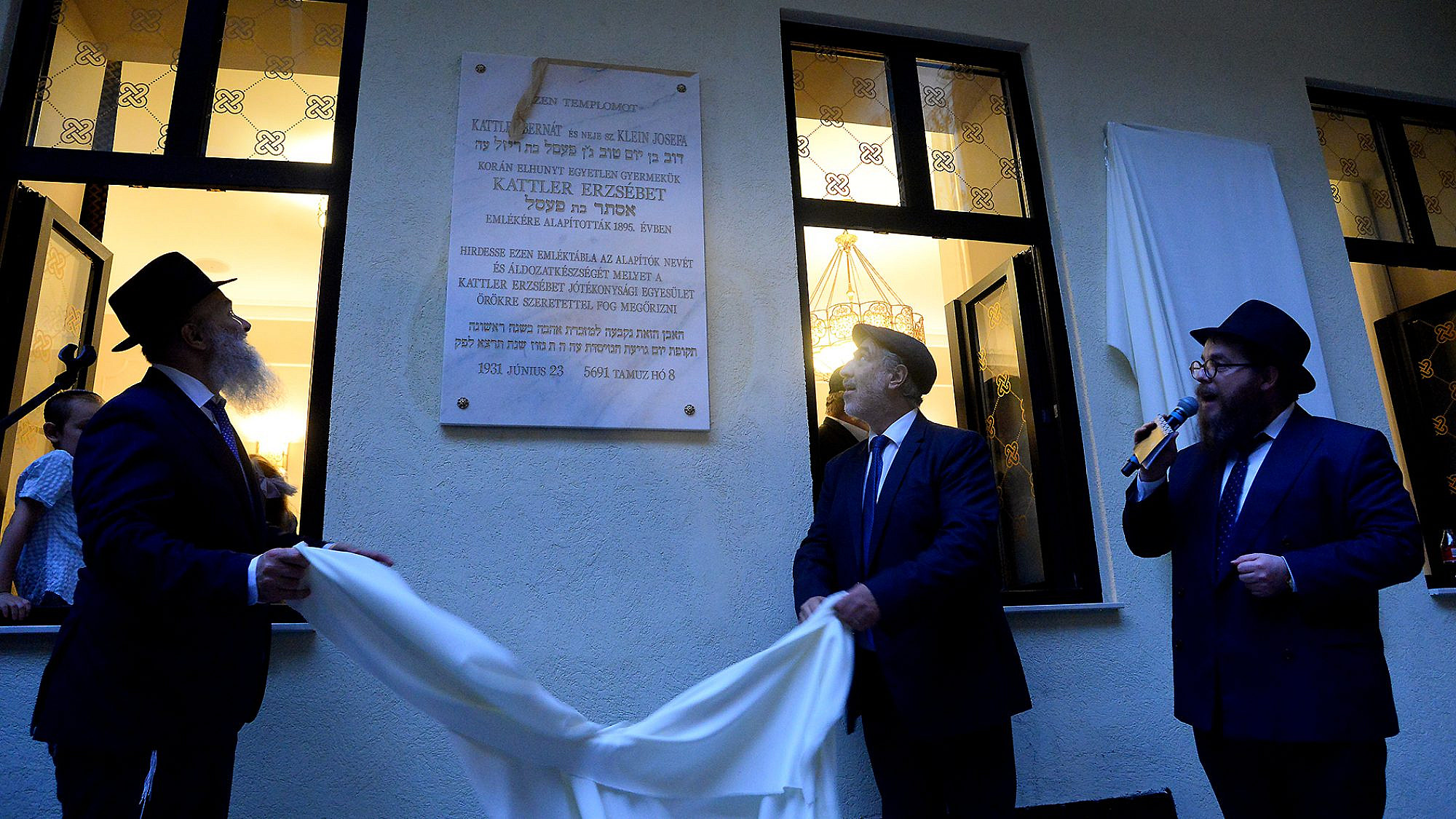Another Budapest synagogue rose from the ashes last week thanks to Chabad of Hungary. It was the tenth to do so, marking a Hungarian Jewish renaissance that began some 10 years ago, breathing new life into a community that has survived both Nazism and communism and, perhaps not surprisingly, shuns open affiliation to Judaism.
The Ohel Eszter imaház, or house of worship, may be the most modest of synagogues refurbished so far. It boasts no special historical or architectural significance. Set in an unassuming two-story building on Josika Street, it seats maybe 50.
“Grand architecture gives you something to talk about, but for me at least, a shul is never about architecture. It’s about people,” Rabbi Shlomo Köves, chief rabbi of the Chabad-affiliated Association of Hungarian Jewish Communities (or EMIH), told JNS. “This is just a small room. It had been a synagogue 100 years ago. Abandoned for 40 years, it’s now again a synagogue.”
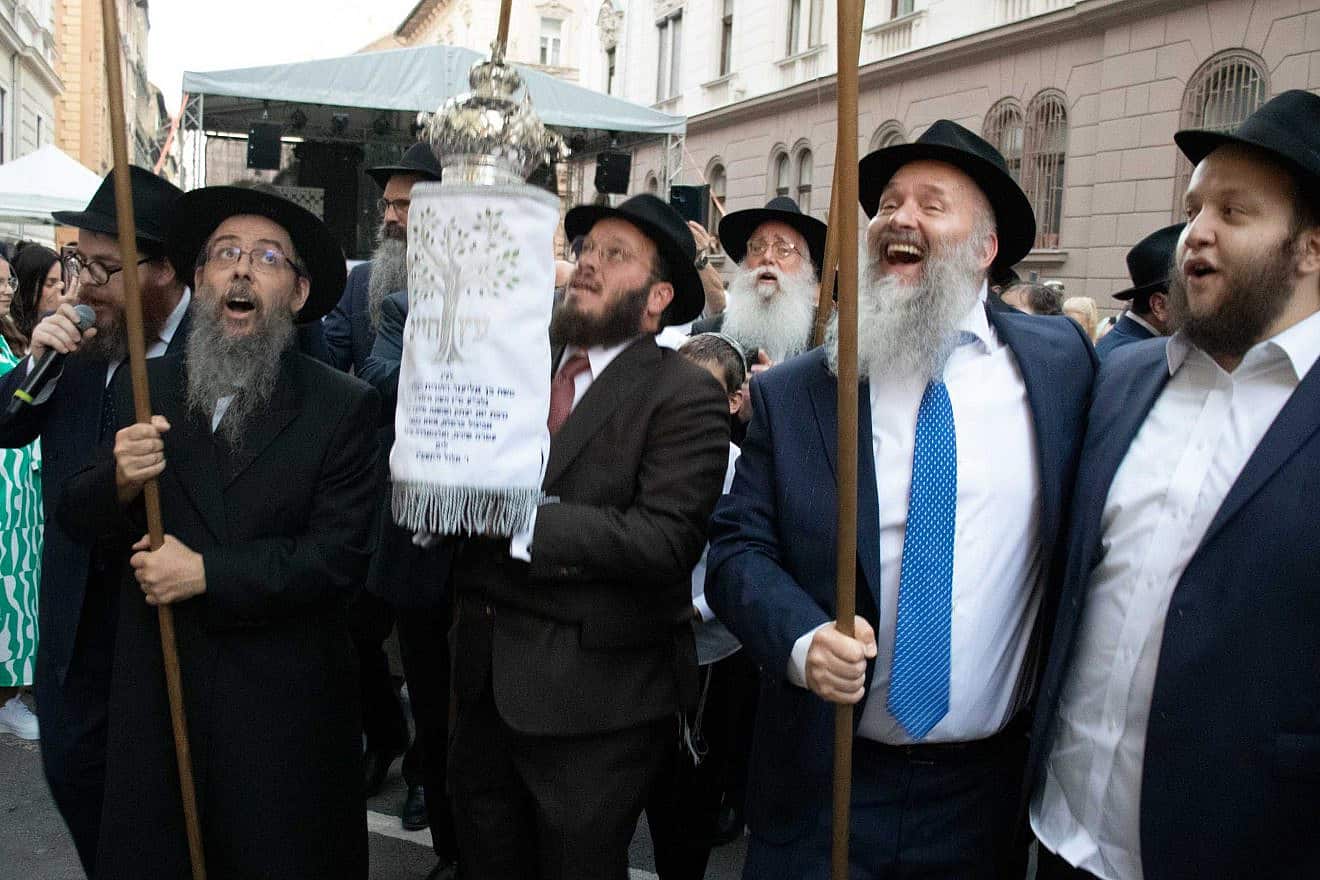
While the synagogue might not be grand, the community gave it a grand opening. A festive atmosphere prevailed as hundreds gathered on the block where the synagogue is located, which was closed to traffic. A temporary stage was set up and speeches were delivered.
As is tradition, Köves and other honored guests completed the final letters of the synagogue’s Torah scroll and performed with gusto the Hachnasat Sefer Torah, a ceremony bringing the Torah to its new home, singing and dancing under a chuppah. Two large plaques on the synagogue wall were unveiled, and a new mezuzah was affixed to the doorpost.
In a remarkable coincidence, the synagogue’s new rabbi, Mordechai Bak, who was inducted at the event, shares a nearly identical name with the last rabbi of the synagogue, Mór Back, who led services at the shul until the late 1970s.
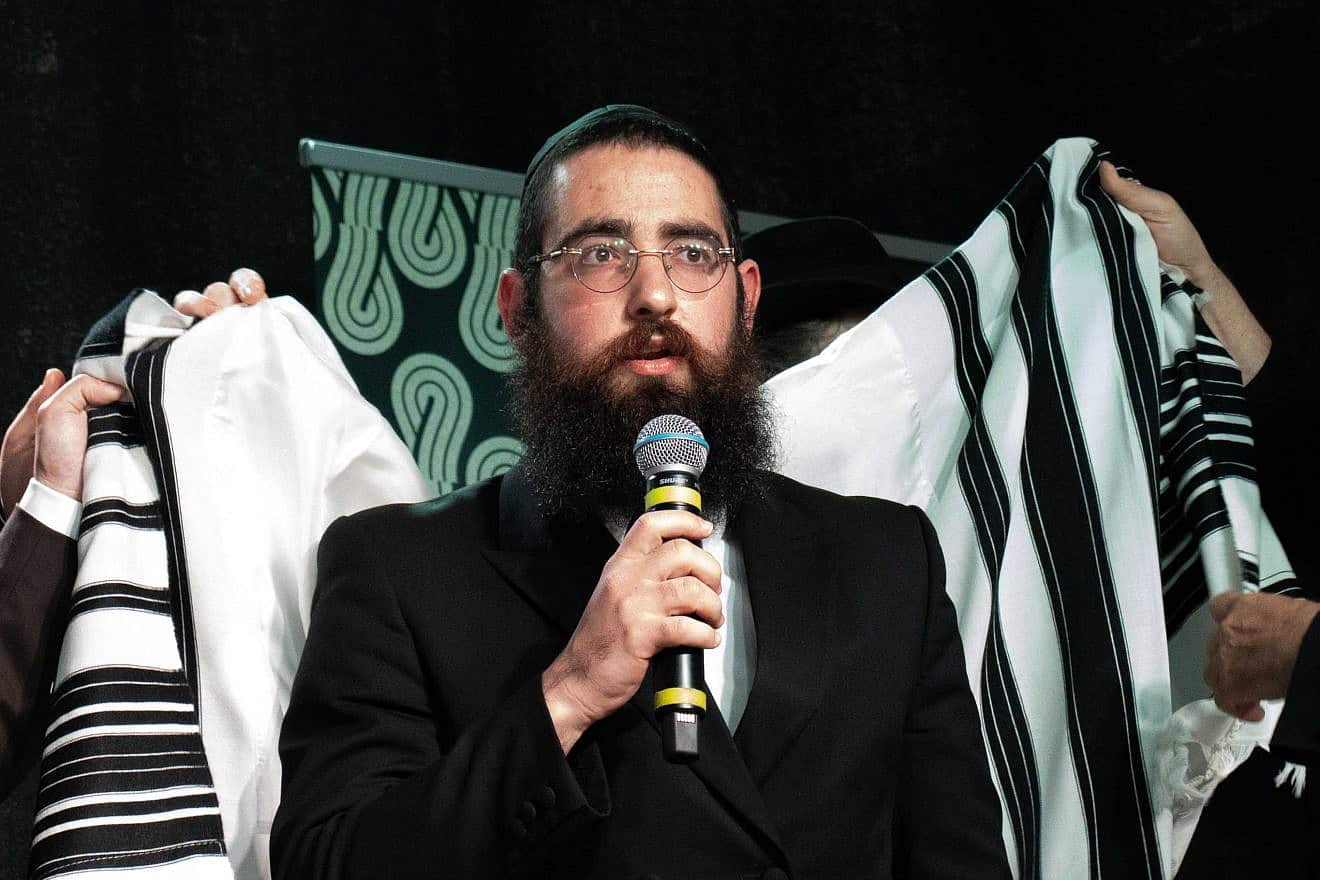
Inside the synagogue, congregants whirled around the bimah, the raised platform from which the Torah is read, and held afternoon and evening services.
Ohel Eszter saw its first morning prayer in 40 years earlier that day. “It was a wonderful occasion. It was extremely heartwarming,” Gábor Keszler, president of the Autonomous Orthodox Jewish Community of Hungary (or MAOIH), told JNS.
Established 150 years ago, MAOIH represents Hungary’s original Orthodox community.
It was Keszler’s idea to reopen the shul. “I had this dream for years,” he said. Although Ohel Eszter first opened in 1895, nearly 130 years ago, and is centrally located in Budapest’s seventh district, where the ghetto once stood, “people forgot that it ever existed.”
When no one took interest, Keszler went to Köves of the then-rival EMIH. They visited the synagogue together, and Köves agreed to support the project. “It wasn’t a hard sell,” said Keszler with a smile. “I knew he wanted to reopen shuls and I took advantage of that fact.”
The Ohel Eszter undertaking marks a significant step forward in a newly formed collaboration between EMIH and MAOIH. Relations between the two Orthodox groups soured after an election in February when Chabad members won key positions at MAOIH. The old guard, which had been ousted, accused Chabad of a “putsch.”
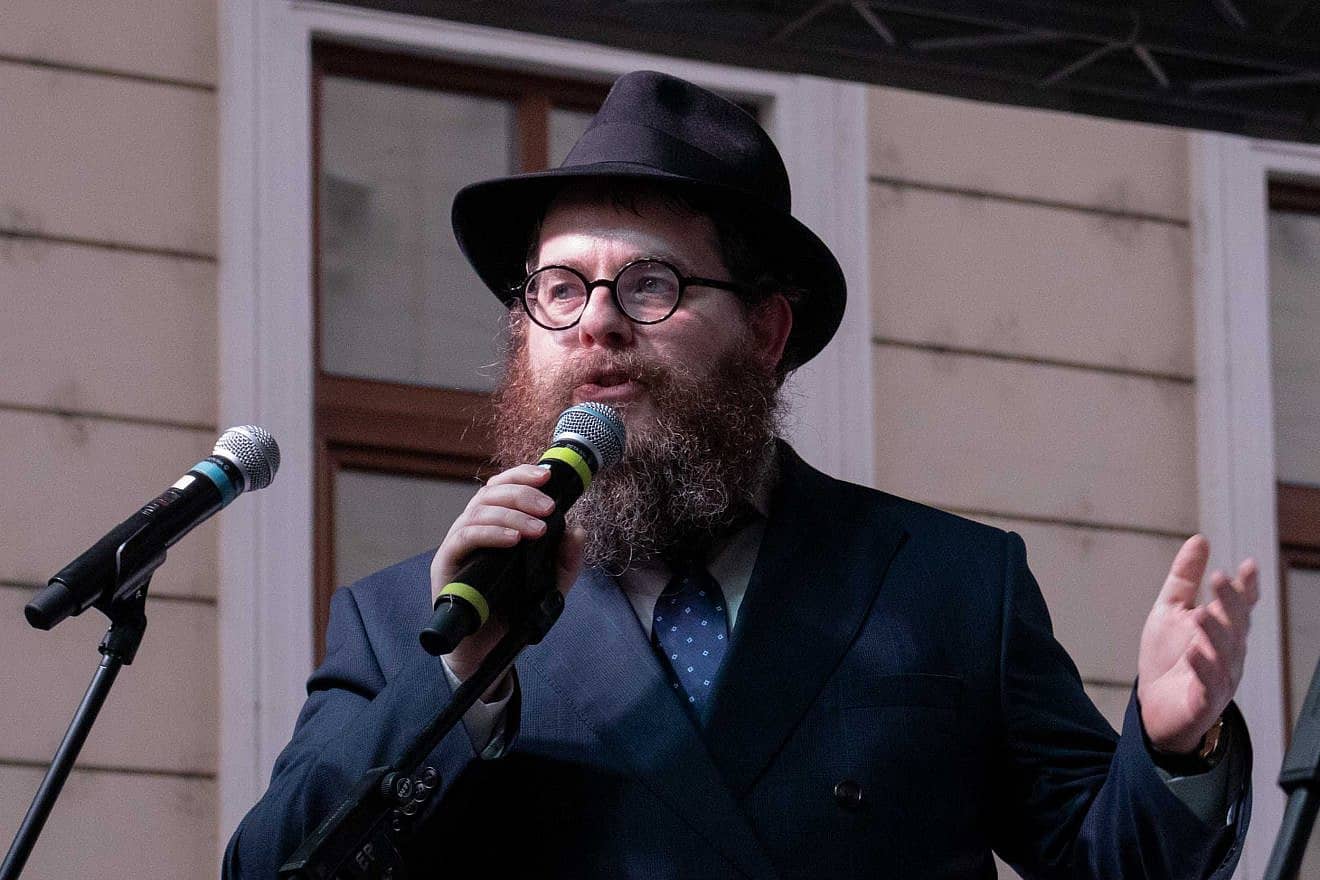
A protest, consisting of about eight people, was held outside the ceremony by supporters of the displaced leadership. They shouted and sounded air horns. The protest’s small size lent credence to Keszler’s assertion that the original Orthodox community has nearly dwindled away to nothing. (Keszler put the regulars at “half a minyan,” or five people).
Keszler, who himself belongs to Chabad, described the contrast between Chabad’s approach and that of the original Orthodox community, saying the latter was insular and closed off.
“Friends told me that in the early ’80s and ’90s, before Chabad was here, they were never invited to any rabbi’s house, or into the home of any Orthodox family. If someone discovered they had Jewish ancestors and wanted to get involved, they would never be allowed in to experience a Shabbat Kiddush,” said Keszler.
“In contrast, the doors of Chabad are open, not just the synagogue doors but the rabbi’s doors as well,” he said.
Chabad also injected much needed funds into the nearly insolvent MAOIH, making the refurbishing of synagogues possible.
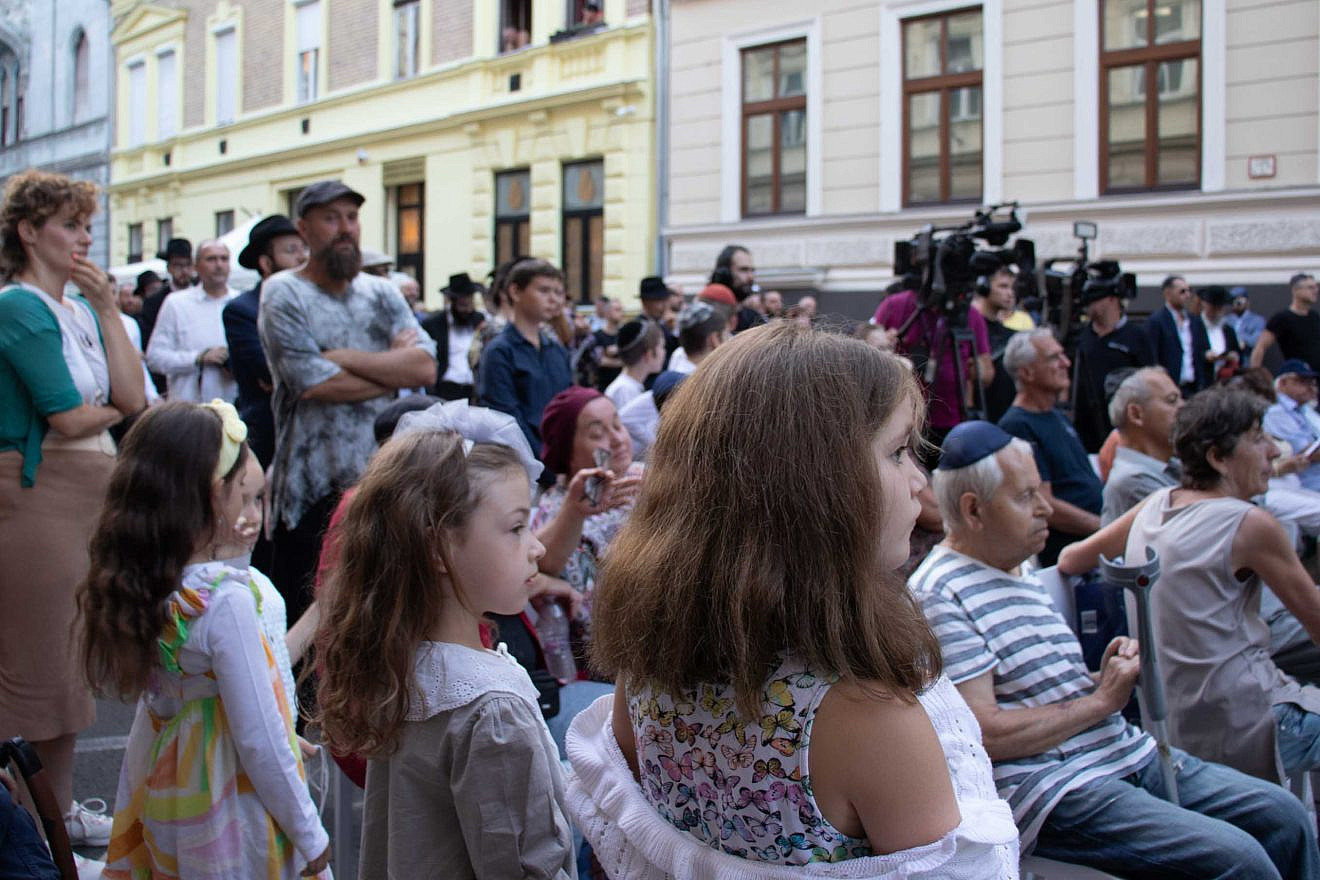
The renaissance of Jewish activity in Budapest has been greeted with widespread acceptance by non-Jewish Hungarians, according to Köves.
“When I was a kid, it was totally unheard of to walk down the street with a kippa or tzitzit [ritual fringes]. People looked at me as if I’d just come from the moon. Now, over the last five to 10 years, being Jewish in Budapest has become a totally normal thing. Nobody’s looking at you like you’re some weirdo,” he said.
A major advantage for Jews in Hungary is that they are safe, unlike other Jewish communities in Europe, said Köves, referring specifically to Germany, whose commissioner to combat antisemitism famously advised Jews in 2019 not to wear kippot in public.
Köves credits Hungarian Prime Minister Viktor Orbán’s policies for the situation; In 2015, Orbán cracked down on Muslim immigration. “Those policies actually were a great advantage for the Jewish community because there’s no Muslim community in Hungary, and therefore, there are no Muslim extremists,” he said.
Orbán also politically isolated Hungary’s antisemitic right wing. The far-right Jobbik Party (it now claims to have renounced its antisemitism) has in fact joined the opposition. (Köves estimates that between 5% and 10% of the population hold antisemitic views out of extreme right-wing political convictions.)
The country also has stiffened penalties against antisemitism. Expressing anti-Jewish views can result in heavy fines, and Holocaust denial can lead to imprisonment.
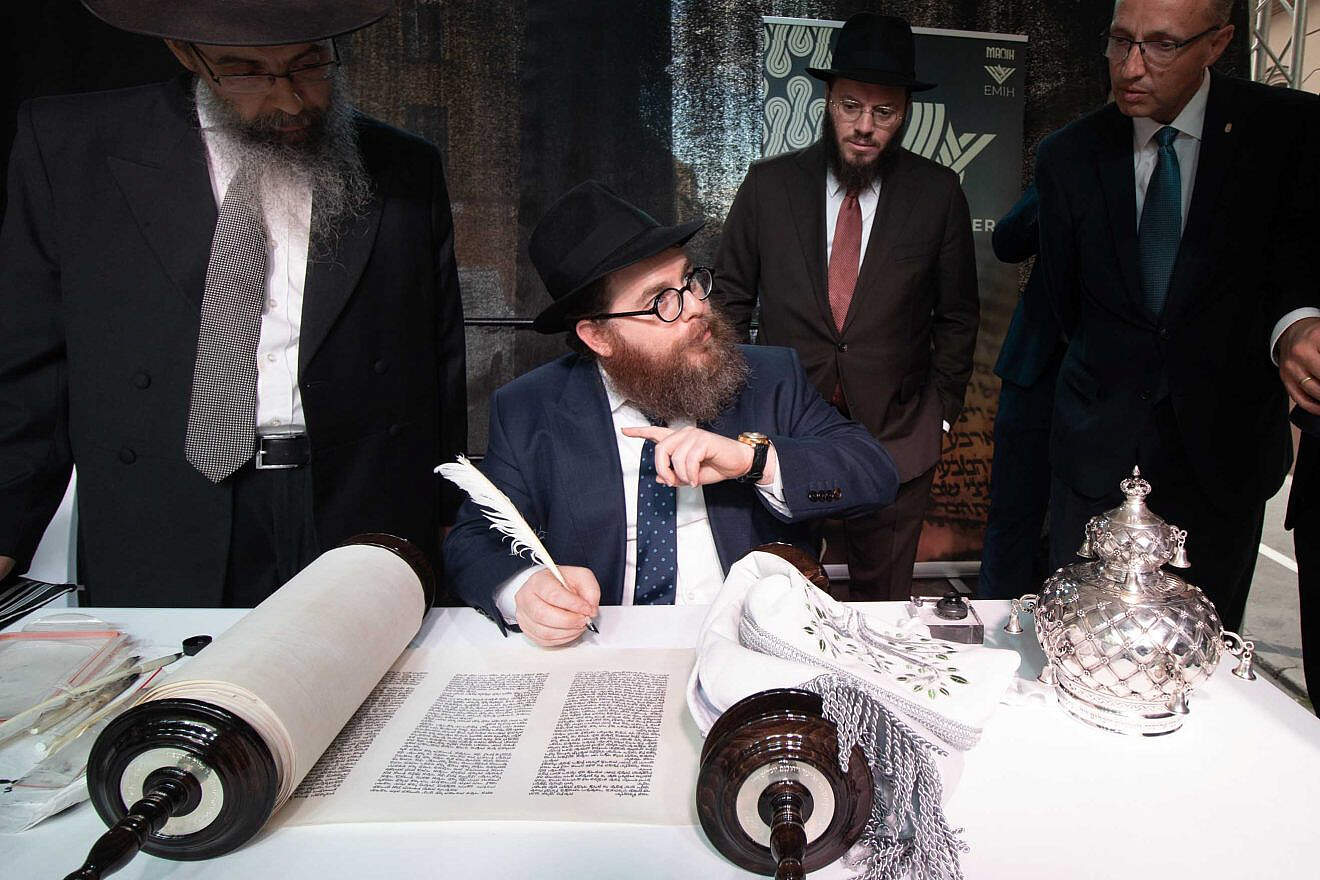
Hungary’s Jews are enjoying a period of chesed, or grace, said Köves. As to the wisdom of reviving life in a European country which saw so many of its Jews murdered in the Holocaust, Köves pointed out that Jews are not being imported into Hungary. Hungarian Jewry is unique in that it’s “local,” he said.
The reason is historical. Though Hungary was an ally of Germany during World War II, its Jews lived in relative safety. Only when Hungary tried to back out of the alliance did the Nazis invade, in March 1944.
The Nazis focused their anti-Jewish efforts first in rural areas. The extermination of Jews in urban areas may have been further delayed by an unrealized plan by Gestapo officer Adolph Eichmann’s to “sell” 1,000,000 Hungarian Jews to the allies for $2 a head to raise money for the Nazi war effort. The Germans began deporting Jews to Auschwitz in May, but ran out of time as the war drew to a close. Most of Budapest’s Jews thus survived.
Köves called Budapest the most Jewish city in Europe. Its 100,000 Jews make up five percent of the population. (He puts the number of those with at least one Jewish grandparent at between 300,000 to 400,000.) However, 95% of the city’s Jews are unaffiliated. Most parents with children at Budapest’s Maimonides Jewish school, established in 2015, send their kids there despite the fact that it’s a Jewish school, not because of that, he said.
“They’re afraid that it’s a Jewish school, but they send their kids there because it offers a very high level of education,” he said.
Their fear is understandable. Budapest’s Jews not only survived the Nazis, but 40 years of communism.
“Neither of my parents knew that they were Jewish until their teenage years. That’s a very typical story in Hungary,” said Köves.
Köves and Keszler both grew up in Hungary. Köves went to study in yeshivas abroad and then returned, as did Rabbi Jonathan Megyeri, director of communications for EMIH. He didn’t learn he was Jewish until he was nine years old, when he told his parents an anti-Jewish joke he heard in school. His parents said they don’t tell such jokes because they are Jewish.
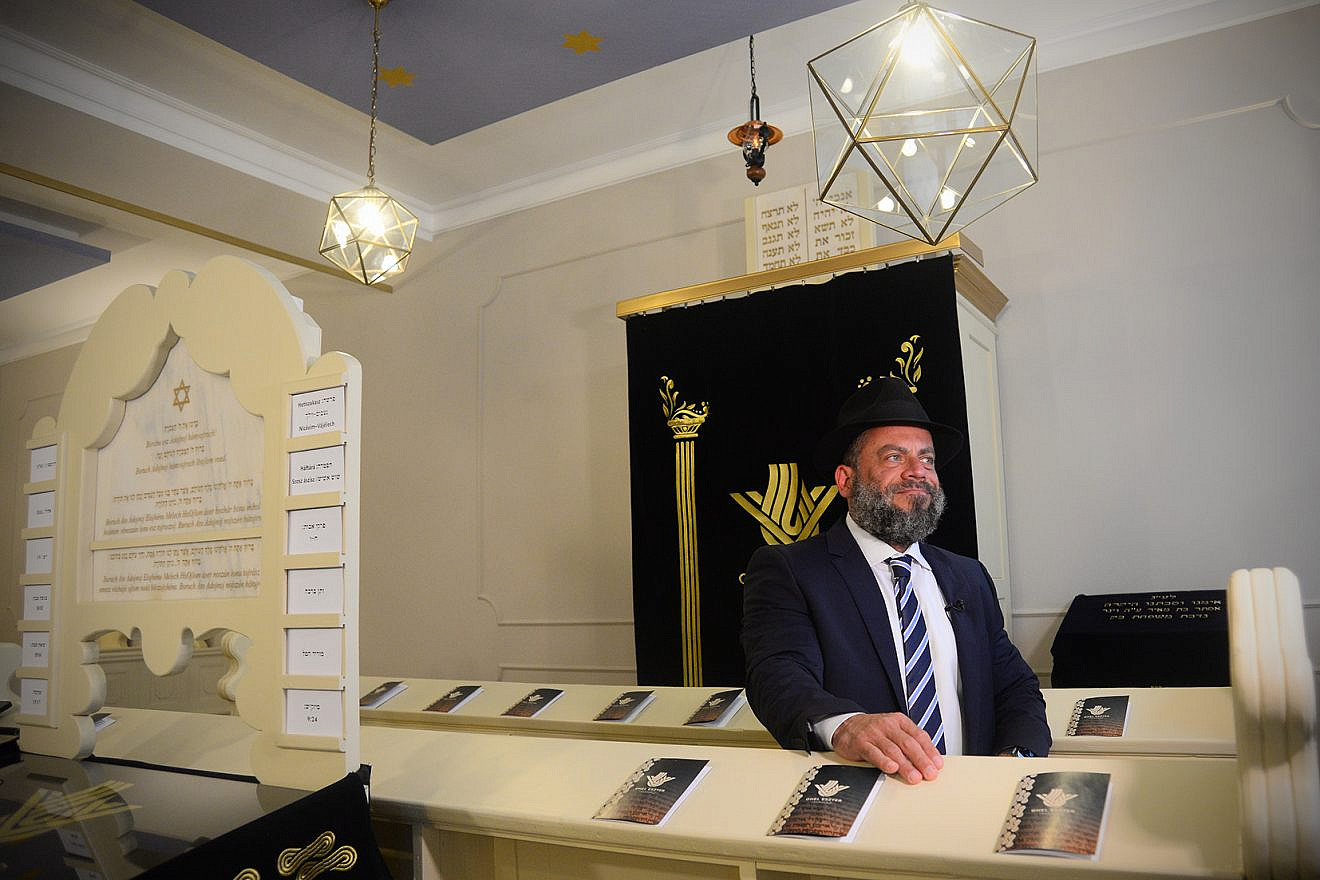
Megyeri told JNS that if anything, the fact that Jews were persecuted in Hungary is a reason for them to connect to their Jewish identity. To unaffiliated local Jews, he said: “Your grandparents were persecuted because they were Jewish. Some of them died because they were Jewish. And now you’re sitting in … your living room and taking the easy way out, as opposed to taking advantage of the fact that you live in an era where being Jewish doesn’t require much self-sacrifice.”
Köves insists attitudes are changing. He pointed to a study of Hungarian Jewry taken in 1997 and again in 2017. In the 20-year interval, 70% of those who were unaffiliated now had some affiliation. “We have a large community of people who are starting to come back. We’re not looking to make them religious, necessarily. We just want Jewishness to mean something to them,” he said.
“The shuls we reopen, like Ohel Eszter, give them that opportunity,” said Köves, who takes a “field of dreams” approach to synagogues. “We don’t open shuls as museums. We build institutions that bring people in. I strongly believe that to build a community, you build an institution. It’s a model that seems to be working,” he said.
Köves has his own version of “If you build it, they will come”: “Light the candle and people will gather around.”


























